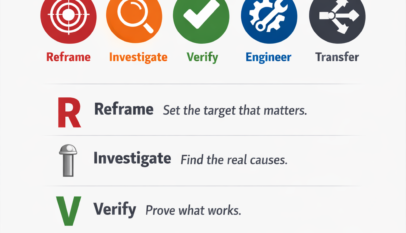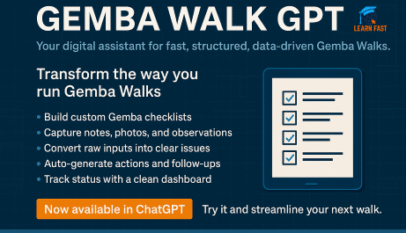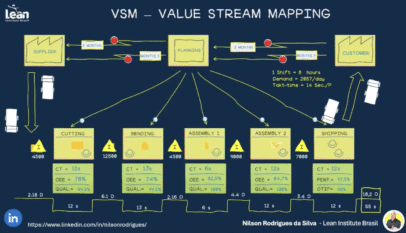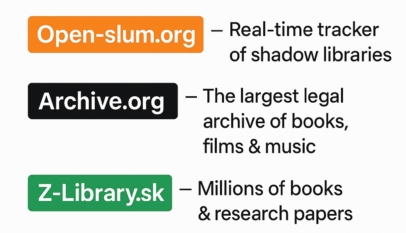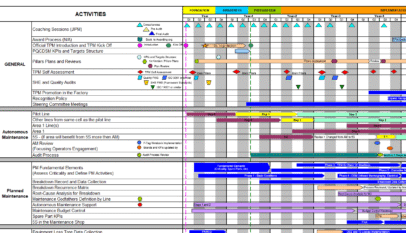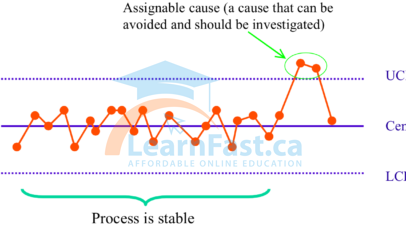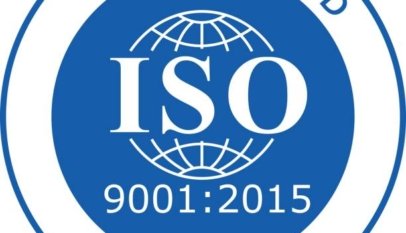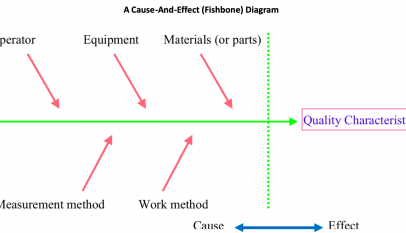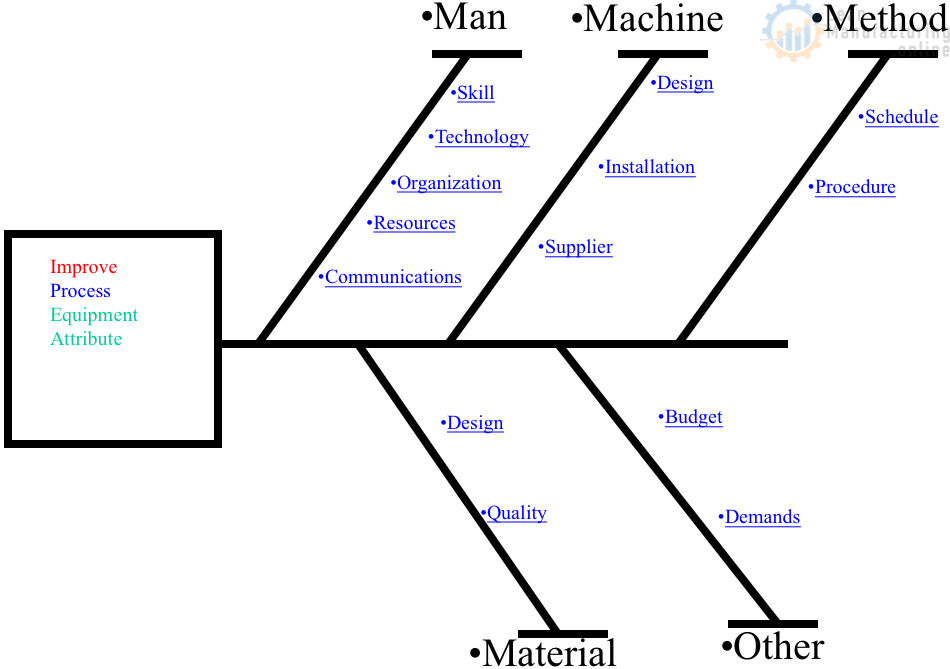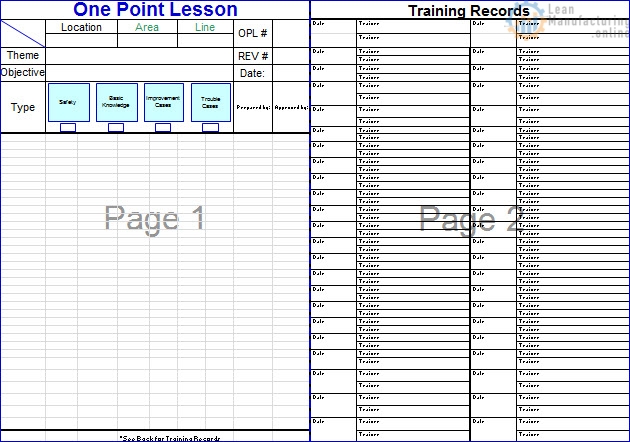Mastering the Supplier Quality Audit: A Practical Guide
1. General Information
The foundation of any supplier evaluation begins with basic but critical compliance. Is the business legally registered? Are customs licenses in place? These documents prove legitimacy and operational readiness. Look for:
- Company registration certificates
- Import/export licenses
- Valid ISO certifications (e.g., ISO 9001, IATF 16949, AS9100)
- Updated organizational charts outlining quality responsibility
2. Incoming Raw Material (RM) Controls
Raw material quality makes or breaks your product. Your supplier should be able to demonstrate robust controls here. Key checkpoints:
- A maintained and updated Approved Supplier List (ASL)
- Sampling plans aligned to ANSI/ASQ Z1.4
- Documented AQL levels (e.g., General II, AQL 1.0)
- Internal and external lab testing records
- Traceability systems linking raw material to supplier and batch
3. In-Process Controls
Even if raw materials are perfect, poor processes can introduce defects. Evaluate how well in-process checks are managed:
- CTQ (Critical to Quality) characteristics are defined and monitored
- FMEA, control plans, and flowcharts are documented
- Work Instructions (WIs) are accessible and up-to-date
- Special process validation is performed
- Preventive Maintenance (PM) logs are available
4. Calibration & Measurement
You can’t inspect quality into a product, but you can measure to ensure it. Calibration systems need to be rock solid:
- Instruments must carry valid calibration stickers
- MSA or GR&R should be available
- Calibration labels and recall logs must be traceable
5. Final Inspection & Testing
Before anything ships, a final review is essential. Suppliers should provide:
- Final inspection reports aligned with customer specs
- Test certificates (Cp, Cpk data)
- Sampling plans and attached COAs
- Example reports from previous shipments
6. Non-Conformance & CAPA
What happens when something goes wrong? Look for a disciplined approach to nonconformance:
- NCR (Non-Conformance Report) logs
- Trends monitored via Pareto charts
- Documented CAPA forms and closure effectiveness
- Use of RCA tools like 5 Whys, 8D, Fishbone
7. Packaging, Labeling & Logistics
It’s not over when the product is ready. It’s over when it’s properly packaged, labeled, and delivered on time:
- Proper packaging methods (anti-static, vacuum-sealed, etc.)
- Labeling that includes barcode, part number, revision, etc.
- FIFO (First In, First Out) systems in place
- OTD (On-Time Delivery) logs
8. Training & Competency
People build quality, not just processes. Investigate:
- Training records (general, job-specific, SPC, safety)
- Sign-off sheets for operator competency
- Skill matrices for traceability of who is qualified to do what
9. Safety & Compliance
A supplier’s safety culture directly impacts reliability. Look for:
- PPE enforcement and safety incident reports
- ESD protection logs and strap checker results
- Emergency drills and MSDS understanding
10. 5S & Workplace Organization
Finally, a clean and well-organized workplace is the mark of a disciplined operation. Evidence includes:
- 5S audit reports
- Visual checklists
- Floor markings, tool shadow boards, visual boards
The Supplier Quality Audit isn’t just a checkbox exercise. It’s your front-line defense against supply chain failures.
Each section of this audit framework gives you a lens into how your supplier operates. If they can’t show it—they likely don’t do it.
Use this as your go-to reference before onboarding a new supplier, and revisit it during periodic evaluations. Strong supplier audits lead to stronger products—and fewer customer complaints.

